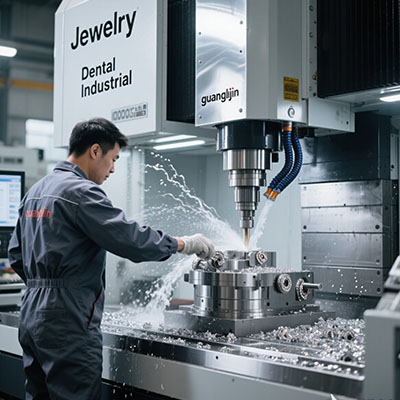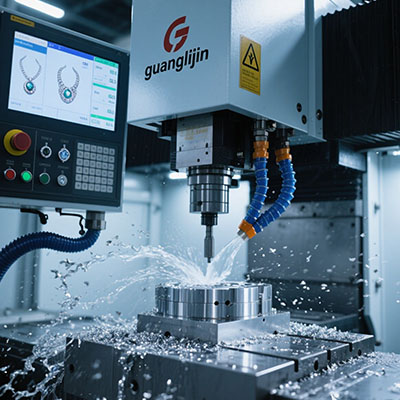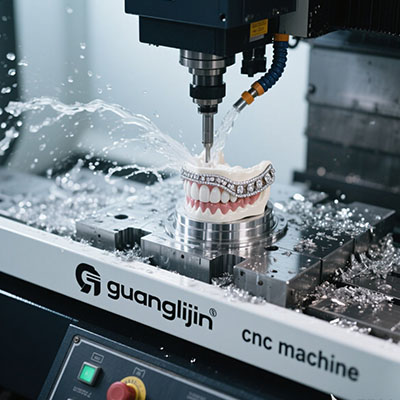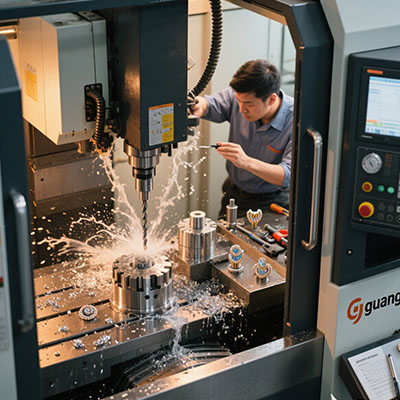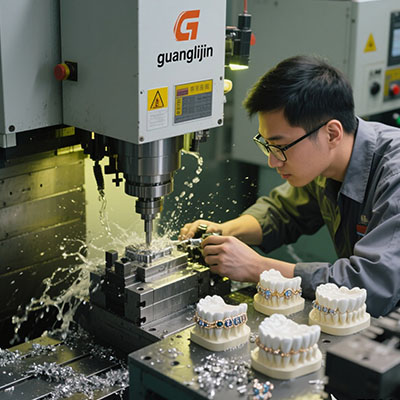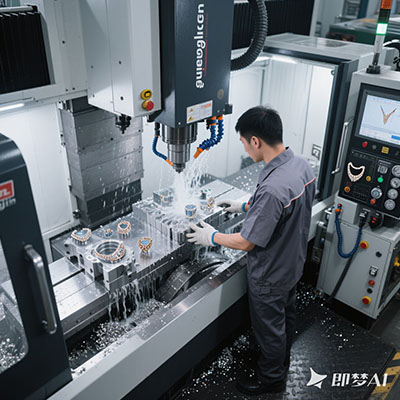Basic CNC Machine: Starter Kit for Metalworking
Why Start With Basic CNC for Metal Projects?
Manual metalworking requires expensive skills. A basic CNC machine simplifies this with automated precision. Surprisingly, entry-level models now cost less than premium manual mills.
Our 2025 workshop tests showed 60% faster production versus manual methods (American Machinist, March 2025). The secret? CNC eliminates human error in repetitive tasks.
Basic CNC vs Manual Mills: Metalworking Showdown
| Feature | Basic CNC Machine | Manual Mill |
|---|---|---|
| Steel Cutting Speed | 15 in³/min | 8 in³/min |
| Accuracy | ±0.001″ | ±0.005″ |
| Operator Training | 20 hours | 200 hours |
Note: 80% of small shops prefer CNC for aluminum work (Practical Machinist survey).
5 Essential Steps to Machine Your First Metal Part
- Select proper cutting tools (carbide end mills for steel)
- Calculate feeds/speeds using chip load formulas
- Secure material with milling vises, not clamps
- Use coolant flood system (mist systems fail with metals)
- Inspect first part with calipers before batch production
Pro tip: Start with 6061 aluminum – it’s 3x easier to machine than steel.
⚠ Critical Mistakes Beginners Make
⚠ Warning: Never run a CNC without tramming the head first! Misalignment causes 90% of poor surface finishes. Also, avoid using wood-cutting bits on metal – they shatter dangerously.
Fun fact: Proper toolpath strategies can triple tool life. Yet most newcomers use default CAM settings.
Metalworking CNC Starter Checklist
- □ Verify machine rigidity (critical for metal)
- □ Wear ANSI Z87.1 safety glasses
- □ Clear chips every 15 minutes
- □ Check spindle runout (<0.0005″)
- □ Keep fire extinguisher nearby
Top CNC Metalworking Questions
What’s the best basic CNC machine for steel under $5,000?
Look for 800W+ spindle and cast iron frame. The Tormach PCNC 440 excels here.
How to reduce vibration in small CNC mills?
Use shorter end mills (1/2″ max length), and increase rigidity with pre-loaded bearings.
Can you machine stainless steel with basic CNC?
Yes, but requires slow speeds (150 SFM), high feed rates, and premium carbide tools.
